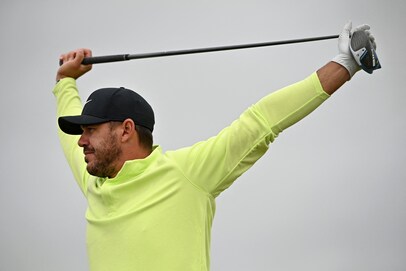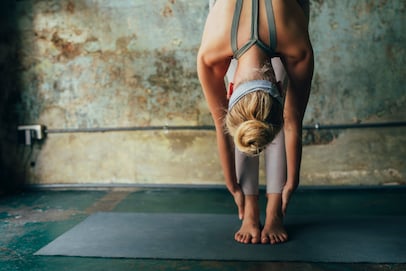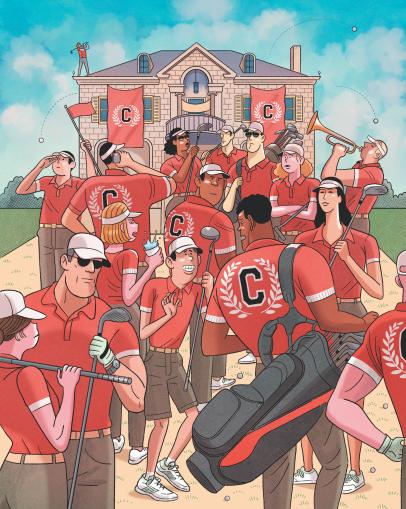Fitness
The modern golf swing can wreck your junior golfer's back. Take these steps to avoid long-term issues

songsak chalardpongpun
The story seems to be told and re-told every time a young bomber reaches the professional ranks. When asked how they got so long off the tee, they'll say as junior golfers, they just swung as hard as they could and then figured out over time how to find the fairway with that swing.
From a golf-performance perspective, it makes perfect sense. There's no use trying to train for power using a textbook. Most people inherently know how to create power and speed without instruction. The problem with this development strategy, however, is that it doesn't take into consideration one small issue we all have with golf.
The human body is not perfectly designed to swing a golf club. The wear and tear on soft tissue and bone leads to a host of common injuries for golfers such as elbow tendinitis, arthritis, meniscus tears and the grandaddy of them all—low-back issues.
Back injuries are becoming more and more common in teenagers or even younger golfers. Research published in the International Journal of Sports Physical Therapy found spinal arthritis (spondylosis) was present in roughly half of adolescents who presented low-back pain and participated in a hip-driven rotational sport such as golf.
"Young golfers are a high-risk group, particularly given the high shear and compressive forces associated with the golf swing action," says Simon Brearley of the Cranleigh School, who published the study on behalf of England Golf, the sport's governing body for that country's amateurs. "This is compounded by a culture which encourages very high practice volumes, typically poorly monitored."
Adds Lindsay Becker, one of Golf Digest's Best Fitness Trainers in America. "More and more juniors are playing golf, and the repetitiveness of the swing can wreak havoc on their lower backs. Unlike many adult golfers, juniors are usually very flexible and actually need stability exercises to help control the club and their spine angles."
In other words, while a senior golfer can track his or her back pain to a lack of mobility, juniors have too much—and that wide range of motion can apply a lot more torsion and compression to the bottom of the spine.
Becker, a Golf Digest Certified Fitness Trainer who works with golfers at Buckeye Performance Golf in Dublin, Ohio, offers here three exercises that will help better prepare your junior golfer for the stress he or she will likely put on the low back.
Here are her recommendations:
1. Bird dogs

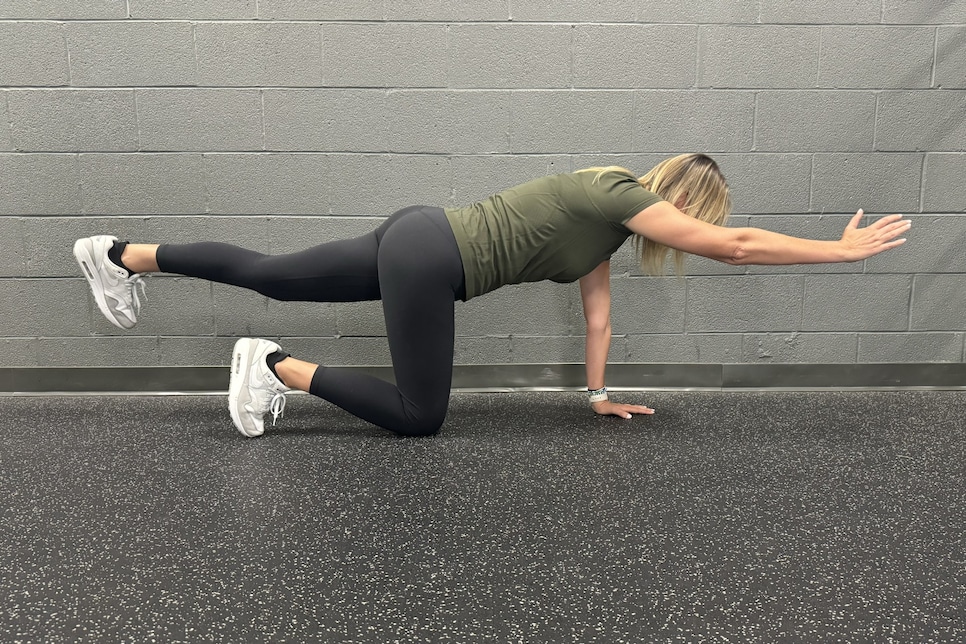
Get on your hands and knees (quadruped) with a flat back. Extend one arm straight out in front of you while extending the opposite leg straight out behind you. Keep your back flat, especially the lower back. After holding for the count of one breath, retract the arm and leg until the elbow meets the knee, then extend back out again. Do 10 reps and then switch arm and leg positions and repeat.
2. Deadbugs
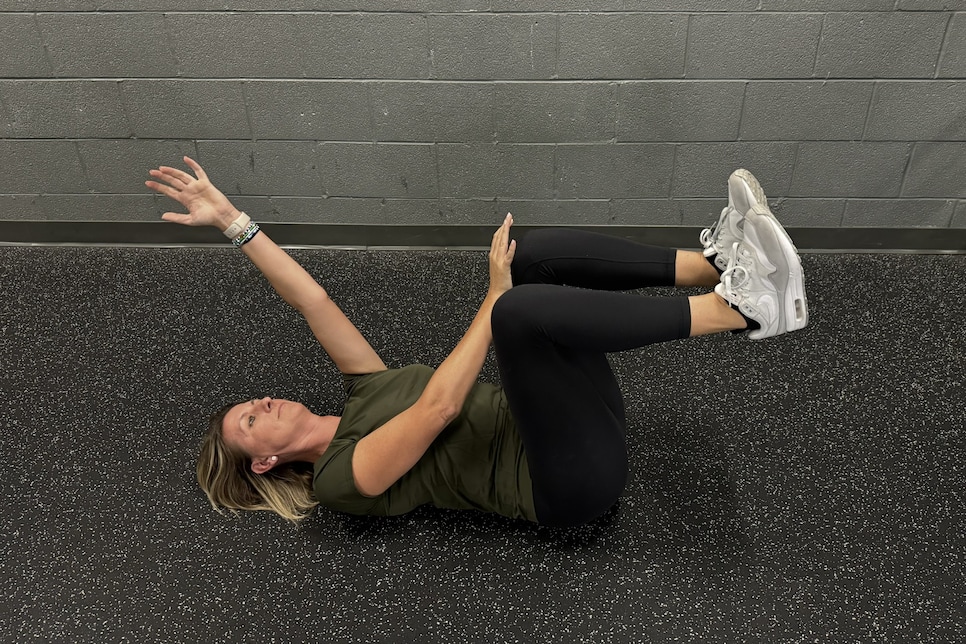
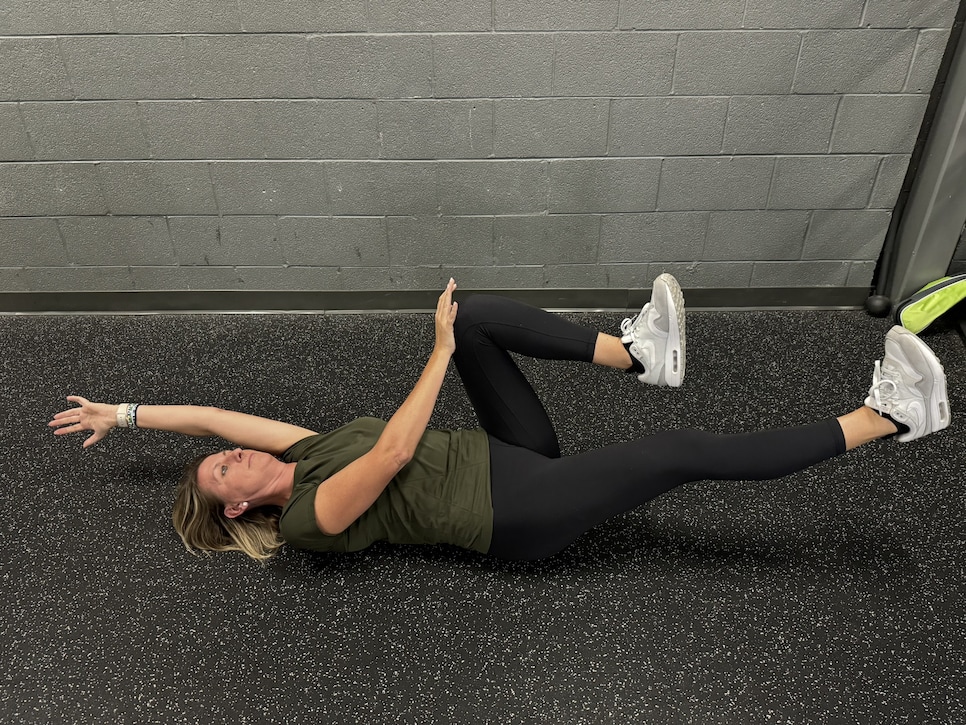
Lie on your back with both feet lifted off the floor. Press one hand into the opposite knee and squeeze your abdomen. Next, extend the arm and opposite leg fully. Keep your back pushed into the floor and your abs engaged. Return to the start and repeate. Do 10 reps alternating the arm and opposite leg in motion.
3. Single leg golf-posture hinges
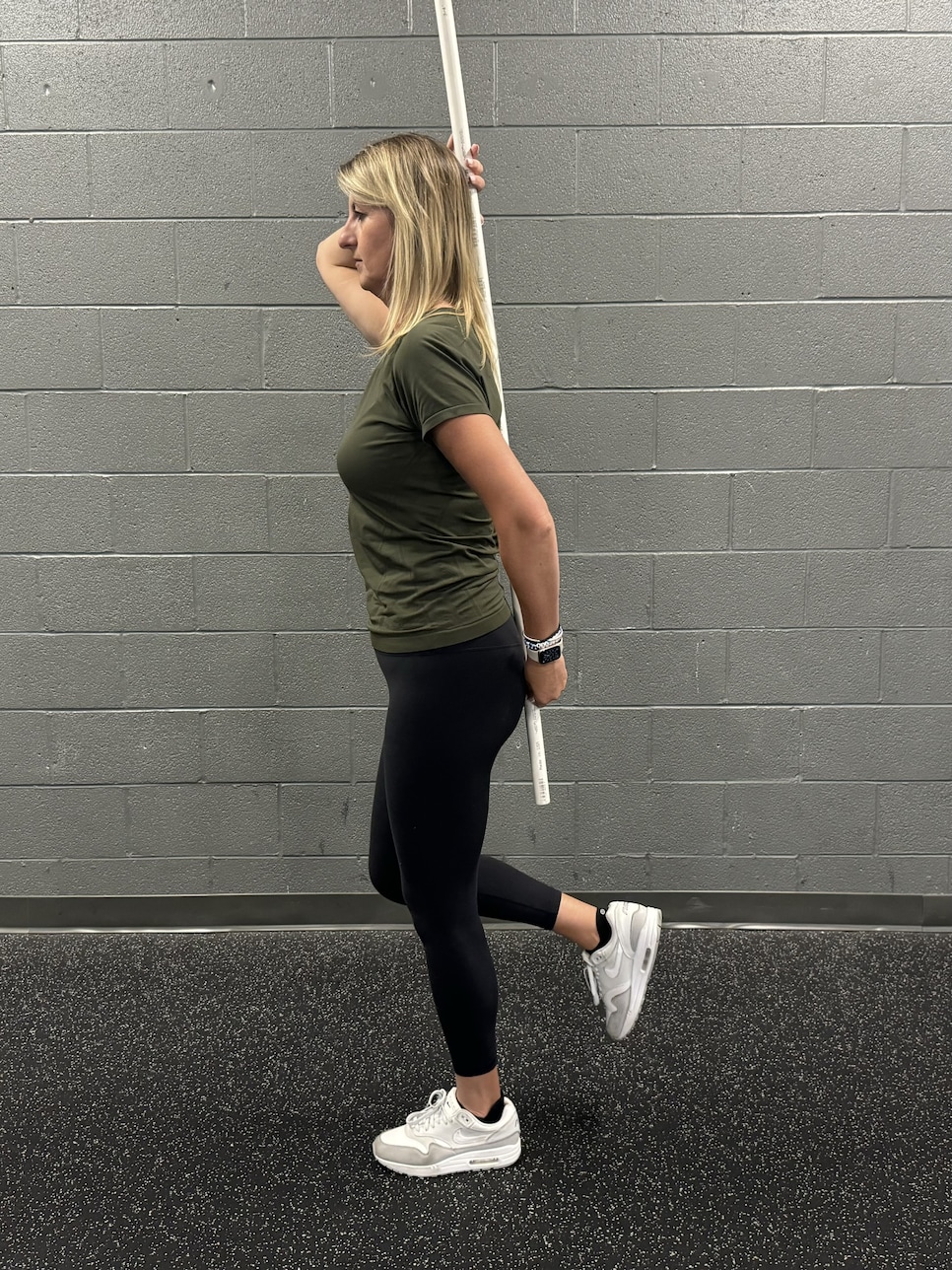
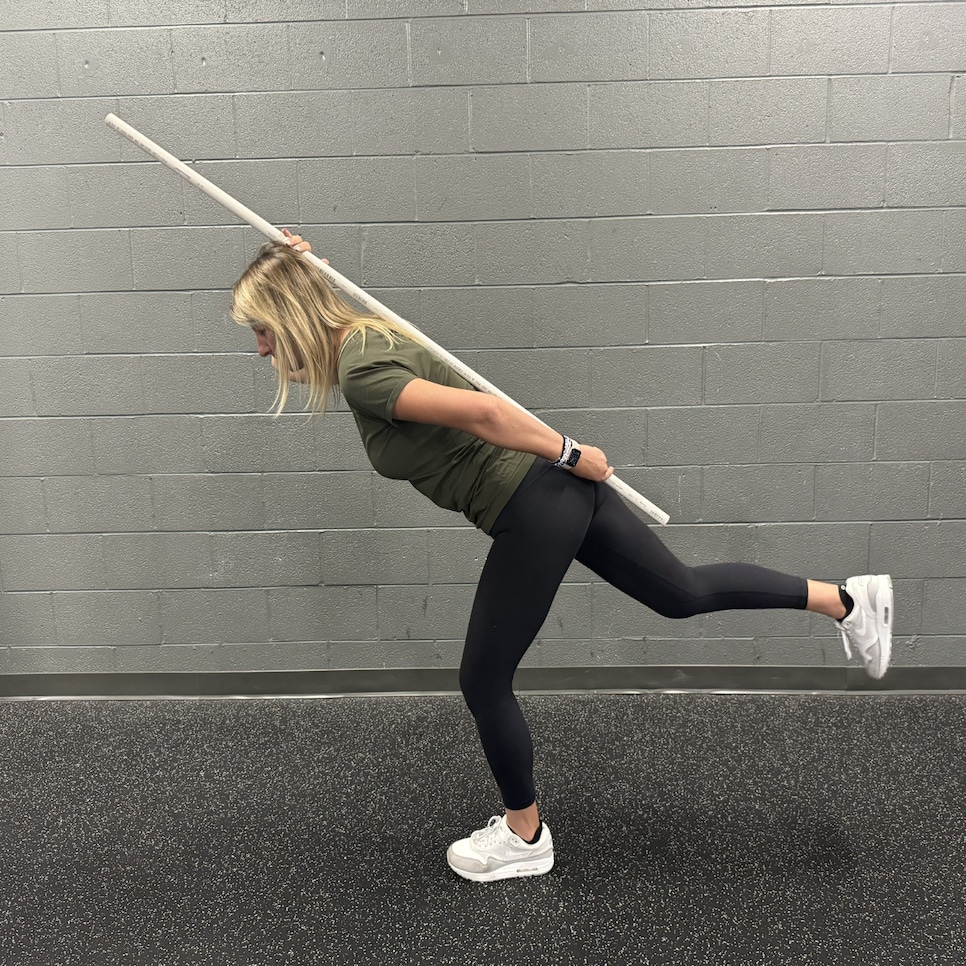
Place a club behind your back so it's touching the head, upper back and low back. Hinge forward at the hips, keeping the club touching all points. Try to get the torso close to parallel with the floor and return to standing while maintaining balance on one leg. This works on glute stability and the balance needed in the swing. Do 10 to 15 reps.
While these exercises certainly will help junior golfers, it should be obvious that consulting with an orthopedic doctor is a must for any young players who feel like they tweaked their back or are worried they are on that path to injuries. Writing for the Texas Back Institute, former college golfer Dr. Michael Duffy, now a spinal surgeon, has some smart advice:
"Every athlete needs to build their core strength and maintain flexibility of the back muscles. If they notice pain while playing, they need to listen to their body and back away from the game until this subsides," he says. "When a young athlete tries to 'push through' this pain, the condition can worsen.
"The challenge for today's young golfers is that most have a very competitive tournament schedule. Hopefully, coaches will advise that when pain occurs the player takes some time off until they are pain free.
"I also see many young players carrying their clubs on their back. Carrying this load—weighing 30 or 40 pounds—is not good for one's back. I tell all of my collegiate and high-school golfers to use a push cart. This is much safer for the back."


